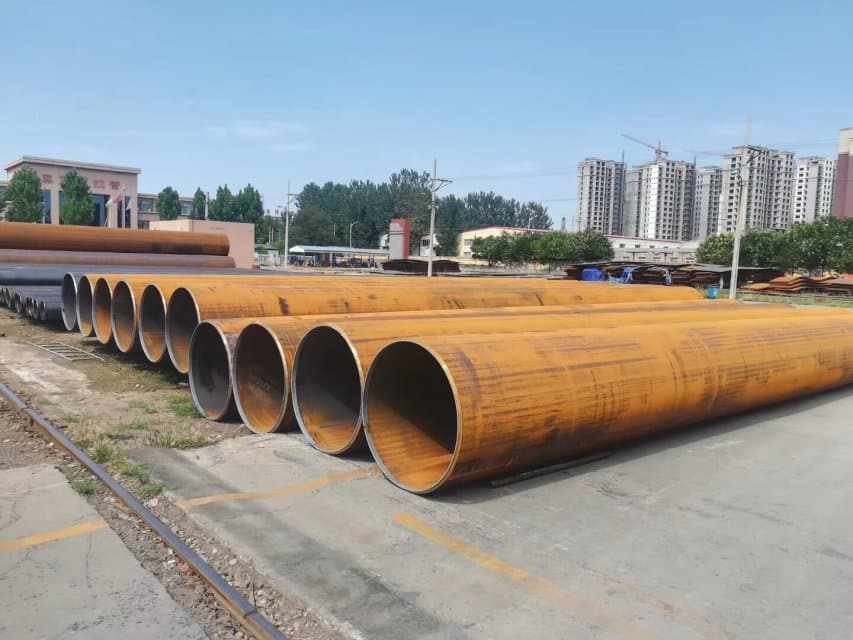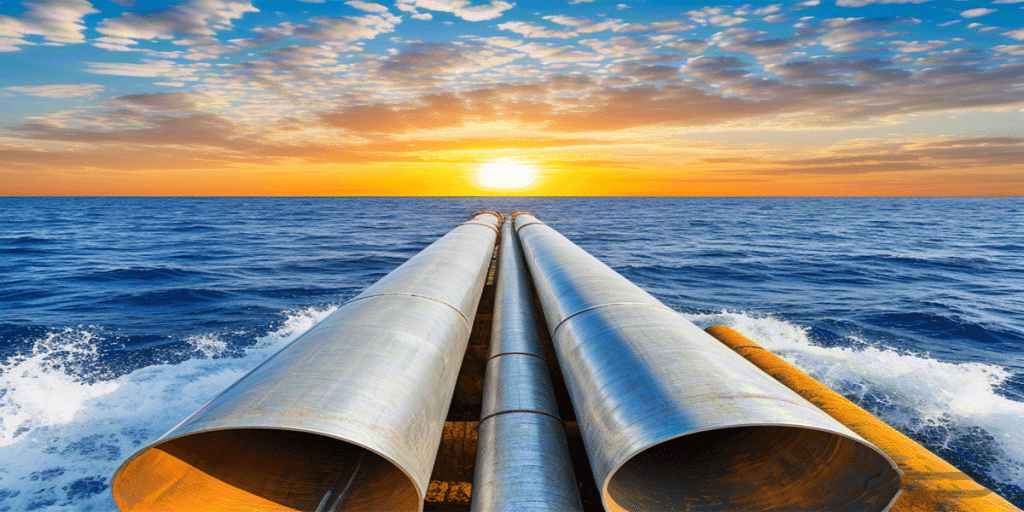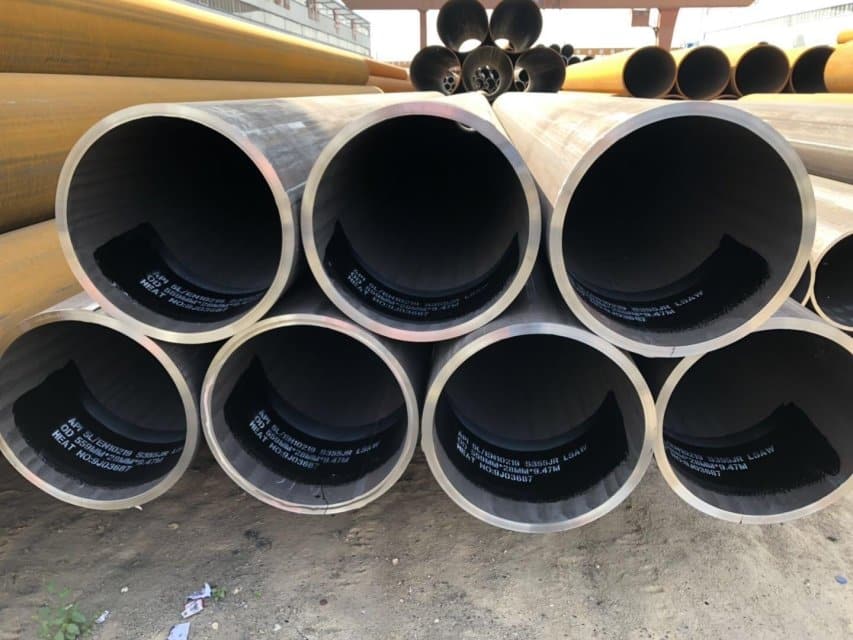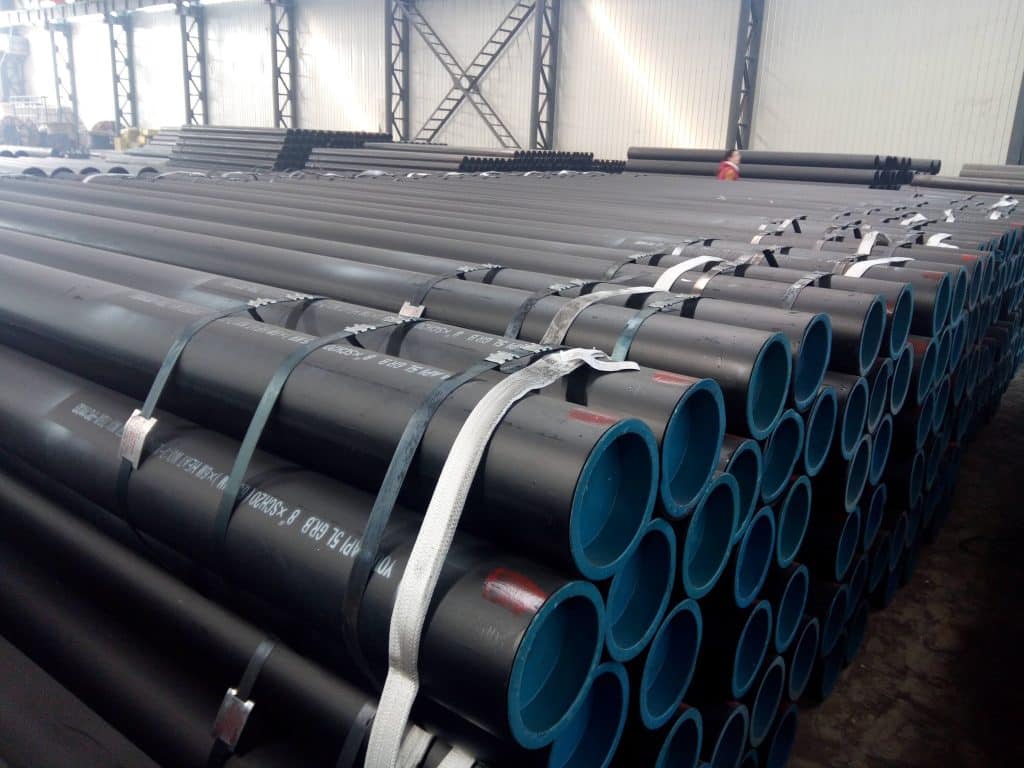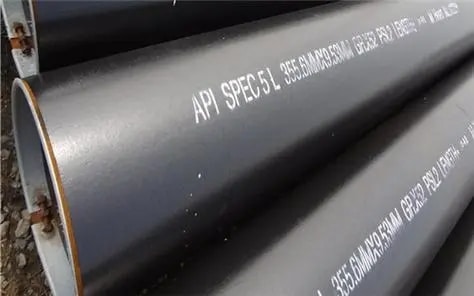- 1.
- 2.
- 3.
- 4.
- 5.
- 6. Common Steel Grades and Their Performance Differences
- 7. Main Application Scenarios of EN10219 Structural Steel Pipes in the Construction Field
- 8. Typical Applications in the Industrial Field of EN10219 Structural Steel Pipes
- 9. Requirements for Use Under Low-Temperature Working Conditions
Top Applications of EN10219 Structural Steel Pipes in Construction and Industry
The cold-formed welded structural hollow sections covered by the EN 10219 standard, with their diverse steel grade classifications and excellent mechanical properties, hold an important position in the construction and industrial fields. Different steel grades(EN10219 Structural Steel Pipes) have distinct application scopes due to differences in strength, toughness, low-temperature adaptability, etc. Especially in low-temperature environments, the reasonable selection of steel grades is directly related to engineering safety and equipment reliability.
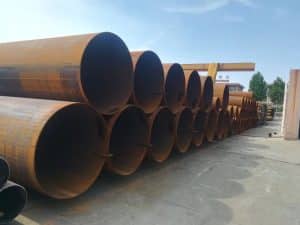
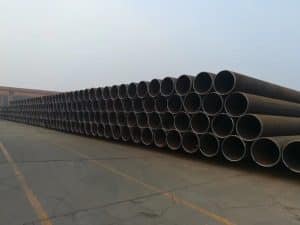
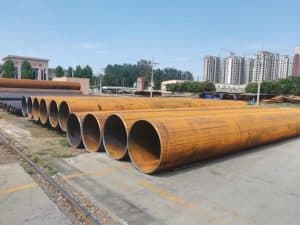
Common Steel Grades and Their Performance Differences
The classification of EN 10219 structural steel pipes is centered on mechanical properties, mainly including three basic series: S235, S275, and S355, as well as special steel grades such as S355J2H and S355NL designed specifically for low-temperature environments.
| Steel Grade | Yield Strength (MPa) | Features | Typical Applications |
| S235JRH | ≥235 | Ordinary carbon structural steel, suitable for normal temperature environments | Building beams and columns, mechanical structures |
| S275J2H | ≥275 | High strength and good weldability | Bridge bearings, truss structures |
| S355J2H | ≥355 | High strength and good low-temperature impact energy (-20℃) | Offshore platforms, buildings in cold regions |
| S355NLH | ≥355 | Optimized low-temperature performance (-50℃), suitable for extremely cold environments | Engineering projects in Northern Europe, plateaus, and polar regions |
It is worth noting that the meanings of the letters in the suffix of the steel grade are as follows:
- J, JR, and J2 respectively indicate the impact energy test temperature: J (no test is conducted), JR (20℃), J2 (-20℃);
- H indicates a hollow structural pipe;
- NL indicates excellent low-temperature impact performance, suitable for low-temperature structures.
Main Application Scenarios of EN10219 Structural Steel Pipes in the Construction Field
In the construction industry, EN 10219 steel pipes have become important materials in modern architectural design due to their structural stability, processing flexibility, and good appearance accuracy:
- High-rise Buildings and Commercial Complexes
High-strength steel grades such as S355J2H are often used in large beams, columns, and core tube structures, which can effectively reduce the cross-section of components, improve space utilization, and have good seismic performance.
- Light Steel Structures and Modular Buildings
S235JRH steel pipes, due to their affordable price and balanced performance, are commonly used in small warehouses, factories, and temporary building structures, facilitating quick construction and disassembly.
- Buildings in Cold Regions
In low-temperature environments such as northern Russia, Northern Europe, and Northeast China, S355NLH is the first choice. This steel grade has undergone special heat treatment to ensure high toughness at -50℃ and prevent brittle fracture.
Typical Applications in the Industrial Field of EN10219 Structural Steel Pipes
In industrial manufacturing and infrastructure construction, EN 10219 steel pipes also play an irreplaceable role:
- Petrochemical Industry and Pipeline Supports
Petrochemical equipment has high requirements for structural safety and corrosion resistance. The use of S355J2H or S355NLH can cope with complex loads and low-temperature environments, especially performing well in offshore platforms and coastal facilities.
- Wind Turbine Towers and Solar Supports
Structural steel pipes are widely used in the infrastructure of new energy equipment. For example, the main support columns of wind power generation towers usually adopt S275J2H or S355J2H steel pipes, which balance strength and weldability.
- Bridges and Infrastructure Projects
Large bridges, port lifting structures, etc., mostly use high-strength steel grades such as S355J2H or higher grades to ensure long-term bearing capacity and environmental adaptability.
Requirements for Use Under Low-Temperature Working Conditions
In more severe low-temperature construction fields (such as municipal pipeline supports in Siberia), the S355NL steel grade is relied on. Its impact energy of ≥27J at -40℃ can resist the risk of brittle fracture in extremely cold weather. During construction, it is necessary to cooperate with the low-temperature welding process specified in EN 10219 (such as preheating to 80-120℃ and controlling the interlayer temperature ≤250℃) to avoid a decrease in toughness of the weld and heat-affected zone.
In extreme low-temperature industrial scenarios (such as liquefied natural gas (LNG) storage tank supports and low-temperature valve housings below -40℃), the S355NL steel grade must be used. The support columns of LNG storage tanks need to withstand long-term low-temperature radiation at -162℃. S355NL steel pipes have passed strict low-temperature impact test verification, and their welds need to use nickel-based welding wires (such as ERNiCrMo-3) and undergo radiographic testing (RT) to ensure good fusion. In coal chemical projects in cold regions such as Xinjiang and Inner Mongolia in China, S355NL steel pipes have become the standard material for low-temperature separator pipelines, and their performance stability is directly related to production safety. EN 10219 clearly specifies the impact absorption energy of each steel grade at specific temperatures to ensure the reliability of the material.
It is recommended to clarify the operating environment at the initial stage of the project and select the appropriate steel grade according to the service temperature, safety level, and connection method of the steel pipe to ensure the long-term stable operation of the project.
EN10219 Structural Steel Pipes have complete specifications and full range of steel grades, providing a wide range of choices for construction and industrial projects. From ordinary structural buildings to infrastructure in cold regions, from light industrial plants to large bridge construction, the reasonable selection of different grades of steel pipes such as S235JRH, S275J2H, S355J2H, and S355NLH is an important link to ensure structural safety and economy.
As a professional manufacturer of EN 10219 steel pipes in China, we strictly carry out steel grade classification, welding quality control, and low-temperature performance testing in accordance with standards to help customers successfully complete each project with high quality.
LONGMA produces and stocks a full range of EN10219 Structural Steel Pipes. It can be welded heavy wall steel pipes for machine work. We export tens of thousands of tons of such steel pipes every year to EU, UK, Thailand, Singapore, Austrilia, New Zealand, Iran, Peru, Chile. If you want to import high quality EN10219 S235/S355 steel pipes, come to LONGMA.
- Grades: S235/S355 JRH/J0H/J2H
- Outer Diameter: 4″-56″
- Thickness: 0.237″-5.90″
- Surface Treatment: Natural, Varnished, Black painting, FBE, 3PE (3LPE), 3PP, FBE, HDG(Hot Dipped Galvanized)

